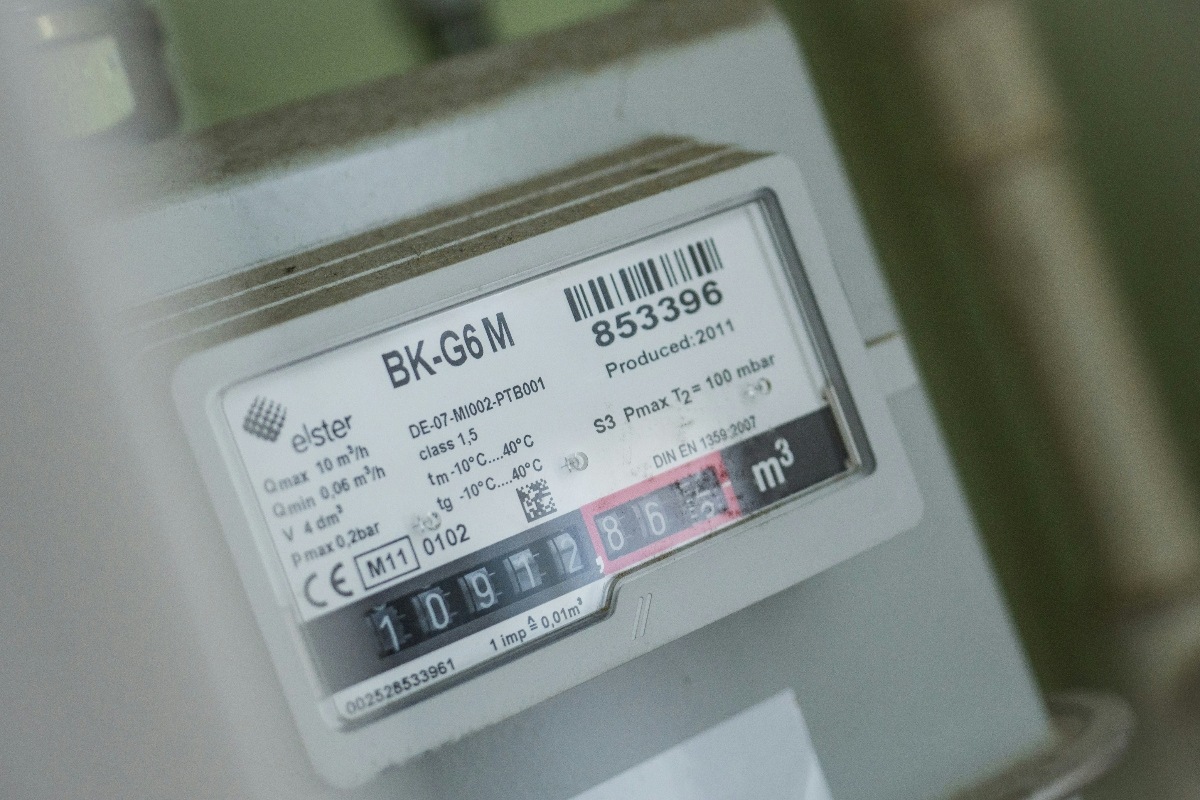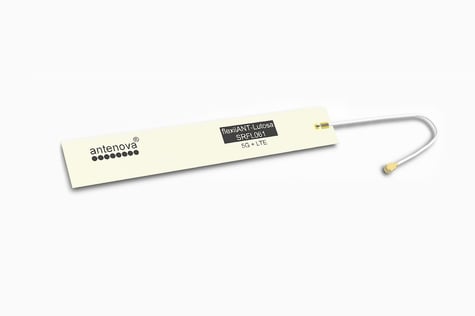As the world embraces new smart metering technologies, designers are confronted with a unique set of challenges that significantly influence both the wireless performance and the selection of appropriate antennas.
These challenges include ensuring multi-year battery life, operating in underground environments and being encased in thick plastic enclosures that can attenuate RF signals. Addressing these issues requires a nuanced understanding of antenna technologies and a strategic approach to integration, which we’ll talk you through in this article.
Designing for devices suffering from a loss in signal strength
Signal attenuation represents a critical aspect of wireless communication, especially in deploying smart meters. At its core, signal attenuation involves the loss of signal strength as it passes through or is blocked by various materials. These issues can significantly impact the propagation of wireless transmission, particularly in environments where smart meters are commonly placed.
What is signal attenuation?
Signal attenuation occurs when the energy of a radio wave is absorbed by materials in its path, converting to heat or being scattered, rather than continuing to propagate through the air. Different materials have varying levels of absorbency; for example, soil and thick plastic materials are highly absorptive compared to air or vacuum. In the context of smart meters, which are often encased in rugged housings or situated underground, signal attenuation can pose a significant challenge.
Why is signal attenuation such a challenge in smart meters?
Smart meters, designed to operate in diverse environments, from residential settings to industrial sites, often encounter environments that exacerbate signal attenuation. Thick plastic casings, though protective, can absorb and attenuate signals, impeding communication with network infrastructure. Similarly, underground placement subjects these devices to additional layers of signal degradation, as soil and water content can absorb radio waves, further diminishing signal strength.
Can an antenna counteract signal attenuation?
The consequence of signal attenuation is multilayered. Primarily, it can lead to reduced communication range and reliability. Furthermore, inconsistent connectivity can lead to data transmission errors, affecting the accuracy and reliability of the metering data, which is crucial for billing and energy management.
Antennas selection for smart meters situated deep within building or in rugged plastic housings
The challenge of signal attenuation highlights the importance of selecting the right antenna for smart meters. An antenna's design and placement within the device are critical factors that influence its ability to mitigate signal attenuation effects.
Choosing an antenna that can operate effectively despite signal attenuation is paramount for smart meters. It ensures reliable data transmission, optimal battery usage, and consistent performance, all crucial for the effective operation of smart meter infrastructure.
For smart meters, think Antenova
Antenova's antennas, known for their high efficiency, compact size, and innovative design, are engineered to address these challenges head-on. For instance, Antenova's antennas are designed for integration in constrained spaces and challenging environments, ensuring that even when encased in metal or placed underground, the antenna can still efficiently transmit and receive signals.
Antenova's focus on creating antennas that are compact, efficient, and capable of overcoming environmental challenges makes them an ideal choice for smart meter applications facing the issue of signal attenuation. Contact a member of our team today to find the perfect antenna solution for your device.




